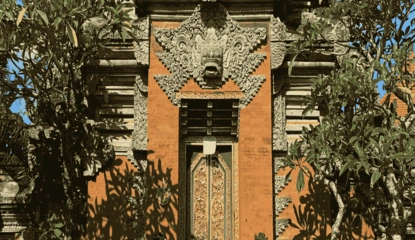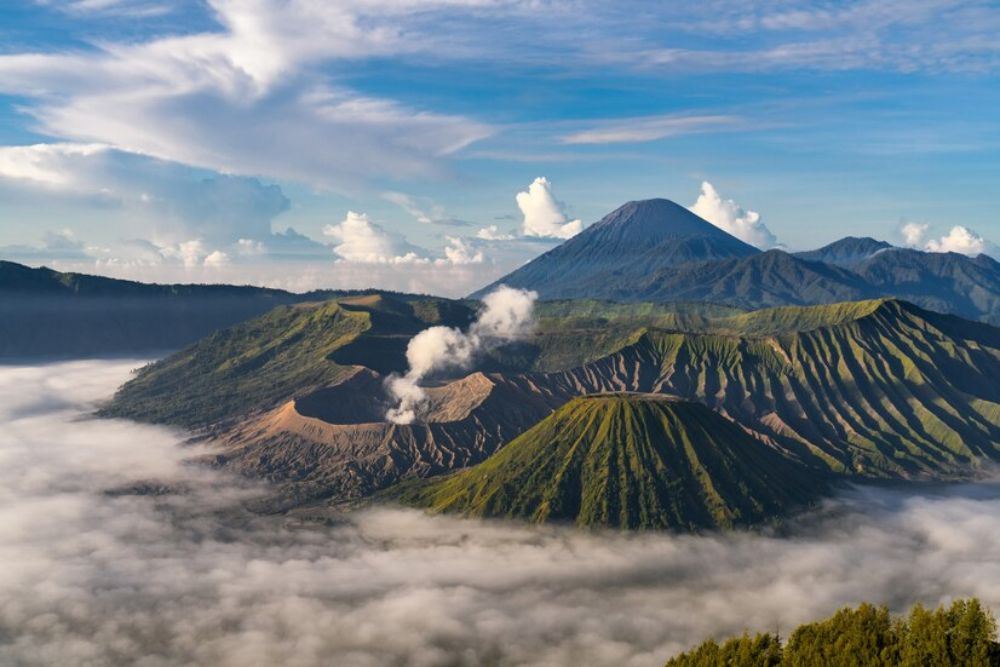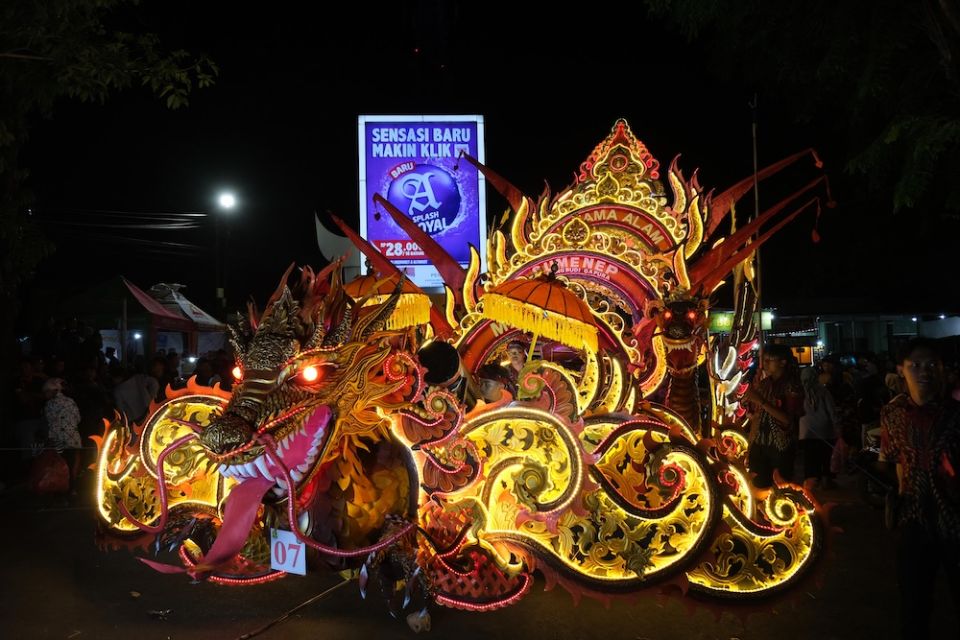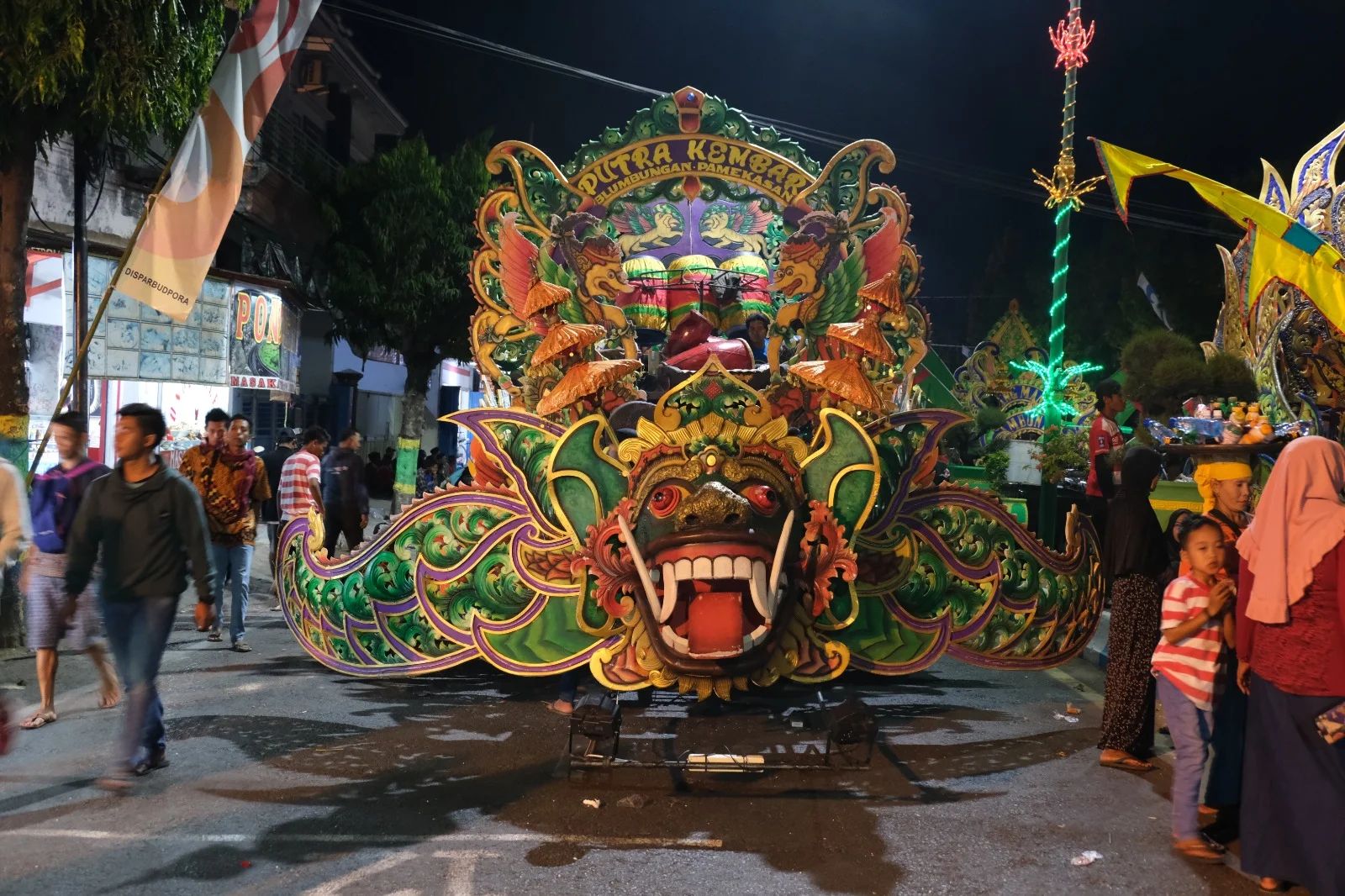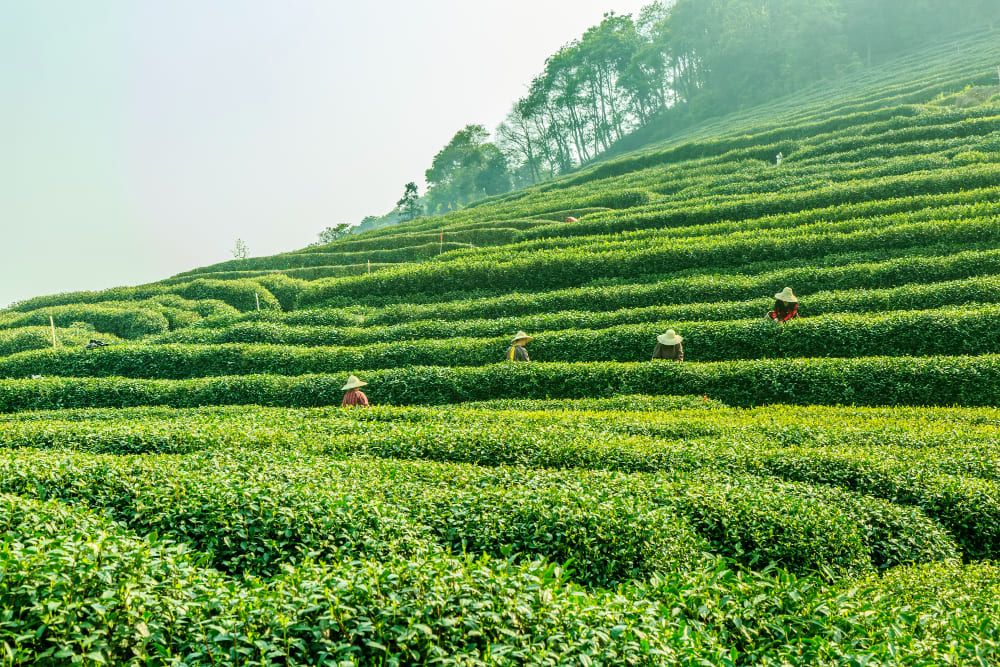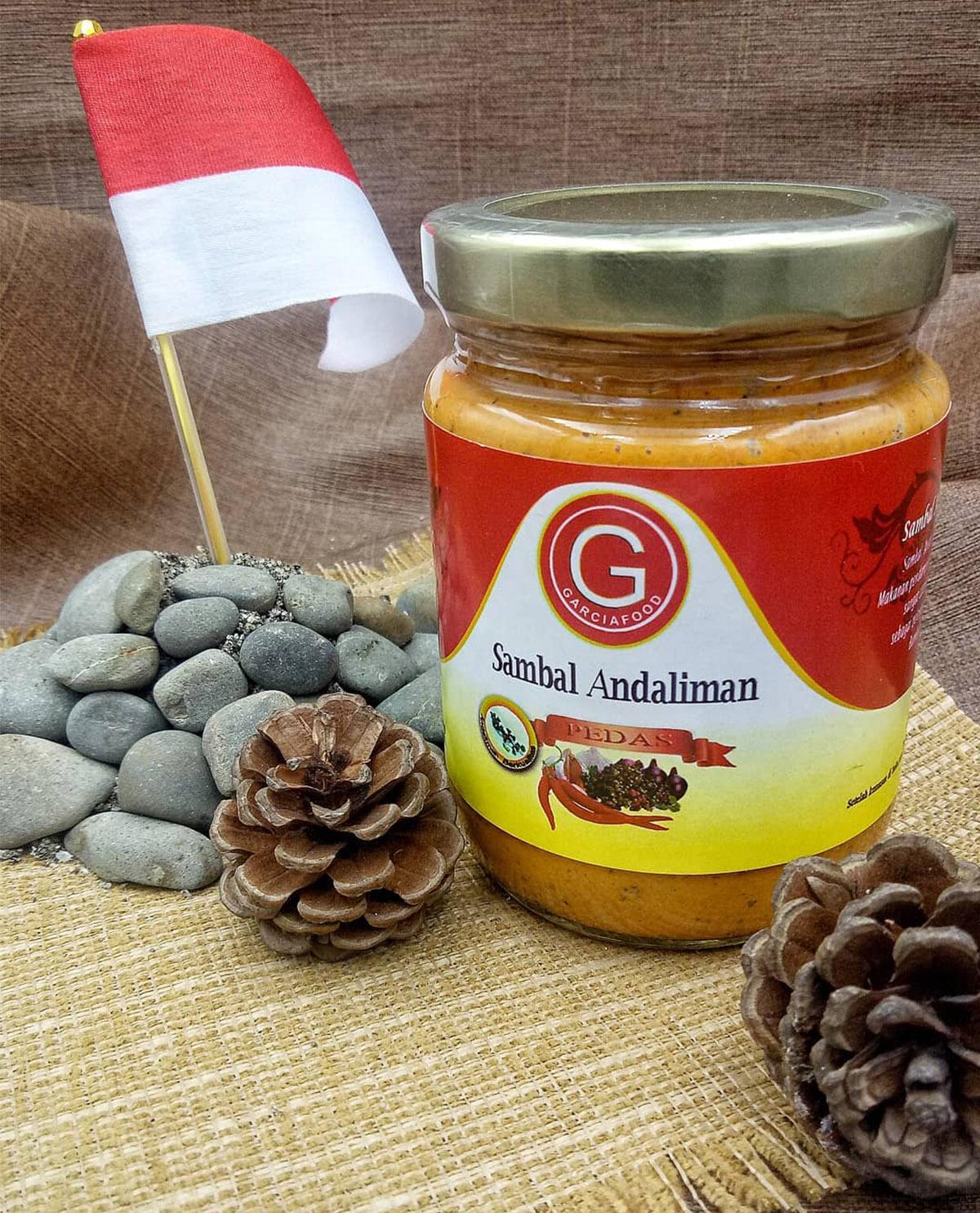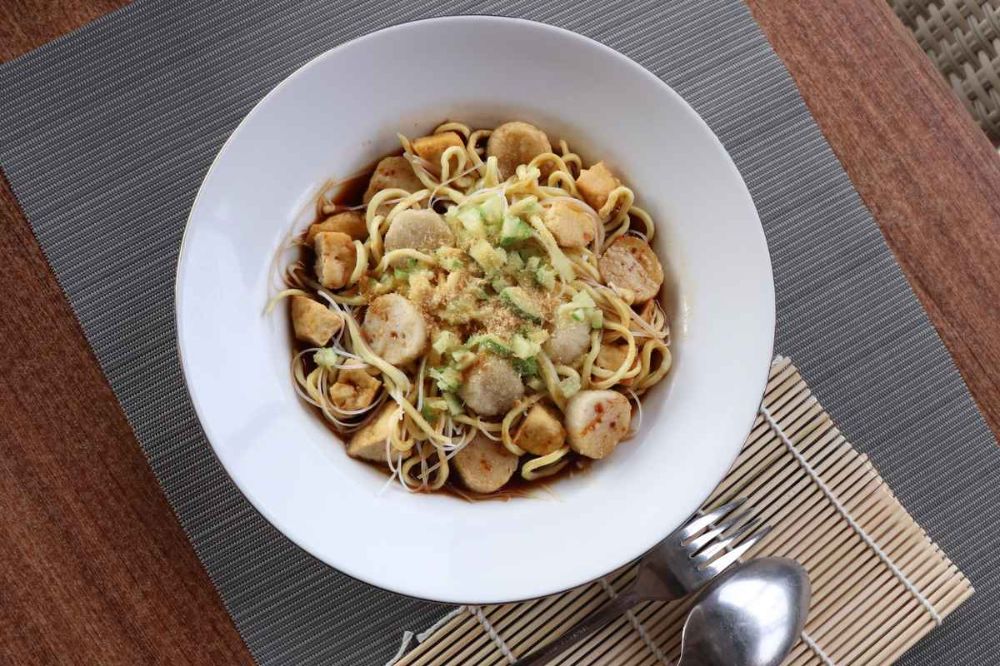Mount Semeru, the highest mountain in Java, is a dream destination for hikers and nature lovers. Above the clouds and among the morning mist, Mount Semeru stands majestically, challenging the sky, and calling out to adventurous souls like you.
Not Just a Hike, It's a Meaningful Experience
The ascent of Semeru starts from the village of Ranu Pani, a relaxing and friendly starting point. From here, you will enter another dimension of lush tropical forests, thinning air, and a silence that feels more honest. The trail to Ranu Kumbolo will take you to a natural lake that is not only beautiful but almost spiritual.
As the sun hits the water's surface, the mist slowly lifts from the lake, creating a cinematic moment of stillness where it seems as if time pauses to make room for gratitude. Ranu Kumbolo is not just a place to rest. It is a place to contemplate.
Continuing your journey, you'll pass Oro-Oro Ombo, a vast savanna field decorated with purple verbena flowers each season. The vibrant color contrasts with the green of the hills and the blue of the sky, presenting a scene no less beautiful than a world-class nature documentary.
From Oro-Oro Ombo, the journey continues to Kalimati, which is the last post before the summit attack. This is where your true mental and physical test begins. The path to the summit starts at midnight: along the rocky path and loose sand from Arcopodo to Mahameru.
The terrain is hostile, but that's where the strength lies. Every climber must rely on determination and solidarity. Every uphill step brings us closer, not just to the sky, but also to the best version of ourselves.
And when the sun finally emerges from the eastern horizon, you'll be standing on the highest peak of Java. At this moment, the world below will seem so small.
Jonggring Saloko Crater: A Beauty that Holds Mystery
Looking beautiful and attractive, Jonggring Saloko holds a sacred beauty that should not be disturbed. When climbing, you are not recommended to approach this crater because of the poisonous gas contained in it.
In fact, local people believe that Jonggring Saloko is a symbol that connects the heavenly world and humans.
Jonggring Saloko reminds us that this mountain is not just a destination, but a living entity—full of energy, sacred, and deserving of respect.
Mahameru Peak: A Place Where the Sky Feels Close
When night falls, there comes a moment when the eyes gaze at the vastness of the night sky from an altitude of 3,676 meters above sea level.
This journey will serve as a reminder to you that true beauty is often only reachable by courage, perseverance, and a soul open to wonder.
How to Get to Mount Semeru?
To get to Mount Semeru, there are two main cities that can be your choice, namely Malang City and Lumajang.
-
From Malang:
- From Malang Station, continue your journey to Tumpang by angkot or car rental.
- From Tumpang, rent a jeep or truck to Ranu Pani (about 2-3 hours drive, the terrain is quite challenging and extreme, especially in the rainy season).
-
From Lumajang:
If you depart from Lumajang, you can head towards Senduro, then to Ranu Pani.
Although it seems simpler, this route is also quite challenging. However, it is often chosen by hikers if they want to close the trip through the southern route.
After arriving at Ranu Pani, you will go through several climbing posts such as Landengan Dowo, Watu Rejeng, Ranu Kumbolo, Oro-oro Ombo, and finally to Mahameru Peak.
Tips to Experience Mount Semeru
The best season to climb Mount Semeru is between May and September, when the weather tends to be more stable and the trails are safe.
Before climbing, make sure you have obtained an official permit, prepare physically gradually, and bring standard climbing equipment.
Here are some preparations that you need to fulfill properly. Take good notes!
- Permission and Registration: Make sure you have an official online registration and ensure all documents are in order.
- Physical Readiness: You must do regular training so that your body is ready to conquer elevation changes and extreme temperatures.
- Proper Gear: Bring appropriate gear, including warm clothing, specialty trekking shoes, and adequate lighting.





